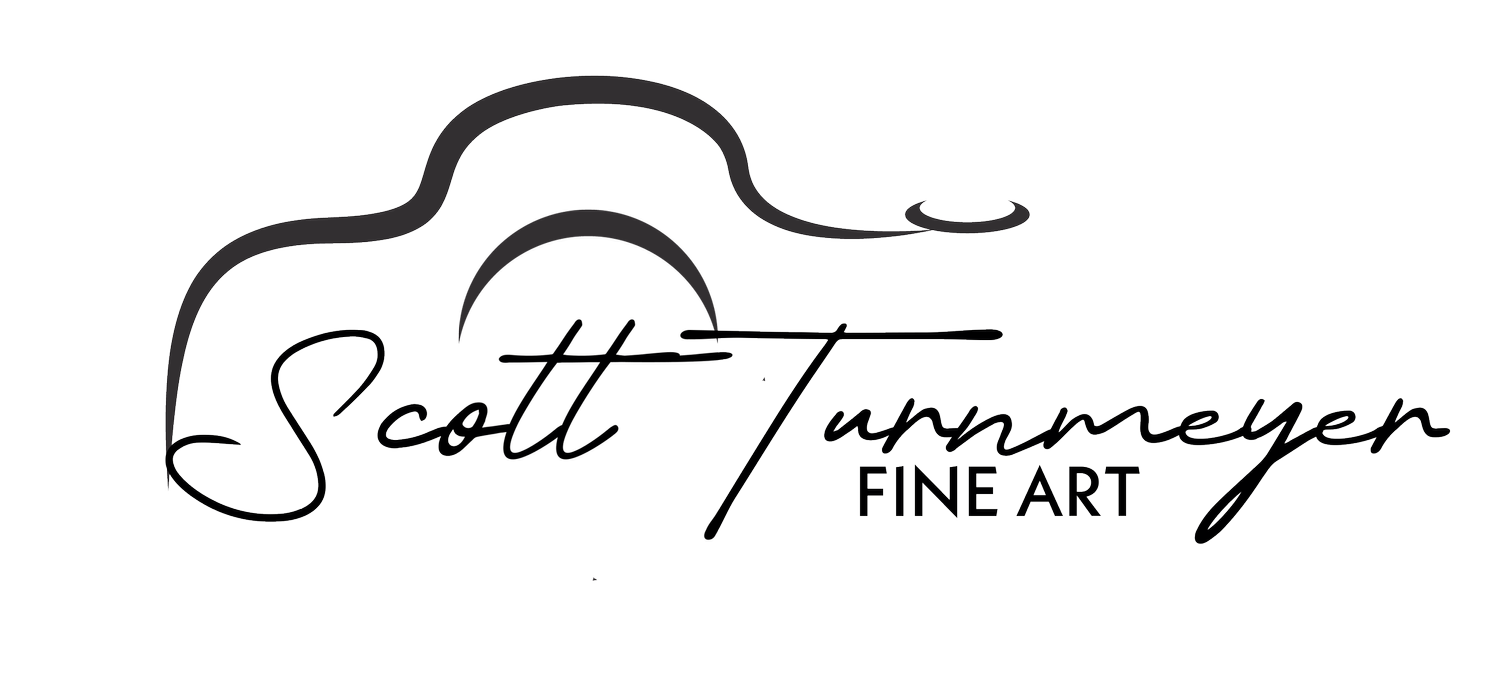Shooting Photos in RAW vs JPEG: What You Need to Know
When it comes to photography, one of the most important decisions you’ll make is choosing between shooting in RAW or JPEG. Each format has its own advantages and disadvantages, and understanding these can help you make the best choice for your photography needs. In this post, we’ll explore the key differences between RAW and JPEG, and provide insights into when and why you might choose one over the other.
What is RAW?
A RAW file is essentially the unprocessed data captured by your camera’s sensor. It’s the digital equivalent of a film negative, capturing all the detail and color information from the scene. RAW files are large and uncompressed, which means they contain a vast amount of information that can be adjusted during post-processing.
Advantages of RAW:
High Quality: RAW files retain all the detail from your camera’s sensor, resulting in the highest possible image quality.
Greater Editing Flexibility: With RAW files, you have extensive control over exposure, white balance, color correction, and other adjustments without degrading image quality.
Better Dynamic Range: RAW files capture a broader range of tones, which is especially useful in high-contrast scenes.
Non-Destructive Editing: Changes made to RAW files are saved as separate instructions, preserving the original file.
Disadvantages of RAW:
Large File Sizes: RAW files are significantly larger than JPEGs, which can quickly fill up your memory cards and storage devices.
Processing Required: RAW files need to be processed and converted to JPEG or another format before they can be shared or printed.
Software Dependency: You’ll need specialized software (like Adobe Lightroom or Photoshop) to open and edit RAW files.
What is JPEG?
JPEG (Joint Photographic Experts Group) is a commonly used image format that compresses the data from your camera’s sensor into a smaller file size. This compression is often lossy, meaning some image quality is sacrificed to reduce file size. JPEGs are processed in-camera, which means adjustments to contrast, saturation, and sharpening are applied automatically.
Advantages of JPEG:
Smaller File Sizes: JPEGs are much smaller than RAW files, making them easier to store and share.
Immediate Use: JPEGs are ready to use straight out of the camera, requiring no additional processing.
Wide Compatibility: JPEGs are universally supported by all devices and software.
Disadvantages of JPEG:
Lower Quality: The compression process can reduce image quality, resulting in loss of detail and potential artifacts.
Limited Editing Flexibility: Adjusting JPEG files can quickly degrade quality, especially when making significant changes.
Less Dynamic Range: JPEGs capture a narrower range of tones compared to RAW files.
When to Shoot RAW vs JPEG
Shoot RAW if:
You need the highest possible image quality.
You plan to do extensive post-processing.
You’re photographing in challenging lighting conditions with high dynamic range.
You’re shooting professional work where quality is paramount.
Shoot JPEG if:
You need quick turnaround times and minimal post-processing.
You’re limited by storage space or memory card capacity.
You’re shooting casual snapshots or events where speed is more important than quality.
You’re using a camera with excellent in-camera processing that produces satisfactory JPEGs.
Conclusion
Choosing between RAW and JPEG ultimately depends on your specific needs and workflow. If you prioritize image quality and flexibility in post-processing, RAW is the way to go. However, if convenience and quick sharing are more important, JPEG might be the better option. Many photographers find value in shooting both formats simultaneously, allowing them to use JPEGs for immediate purposes while retaining RAW files for future editing.
Experiment with both formats to see which one suits your style and requirements best. Happy shooting!




